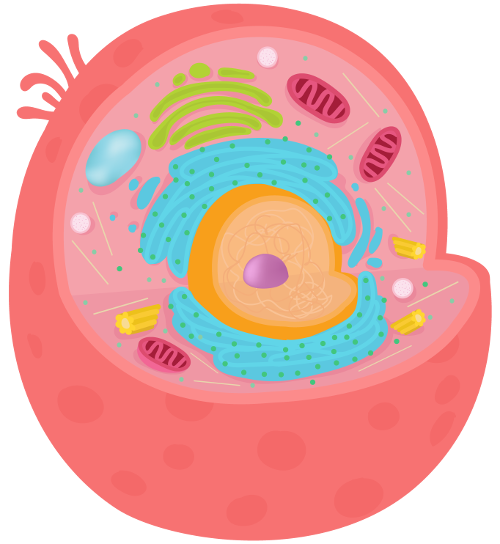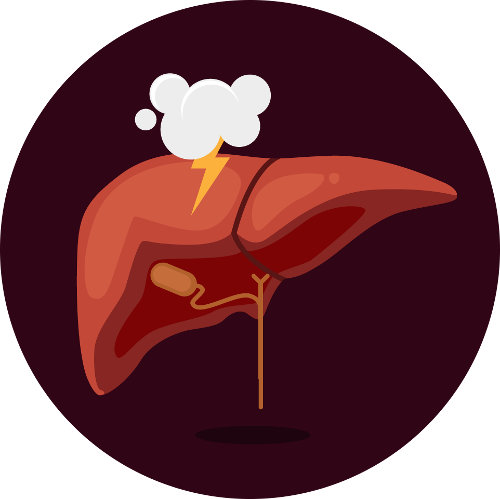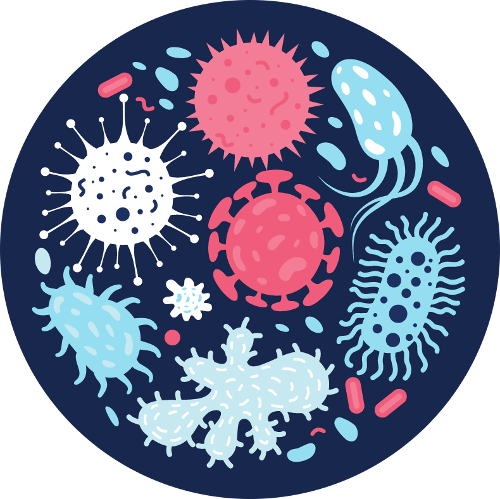 We have developed Aflasafe to dramatically cut the amount of aflatoxin in food, getting it down to zero or to very low levels. But why does it matter?
We have developed Aflasafe to dramatically cut the amount of aflatoxin in food, getting it down to zero or to very low levels. But why does it matter?
Aflatoxin is the shadowy companion that walks alongside every African. Young or old, rich or poor, we are all at risk from its deathly touch. And across the continent – though they might hear different lullabies and even eat different foods – our children are intimately acquainted with aflatoxin from earliest infancy.
Aflatoxin is incredibly deadly, and can sometimes kill people outright if they eat heavily contaminated food. By cutting out aflatoxin we can prevent severe outbreaks of aflatoxin poisoning, like the one that killed over 120 people in Kenya in 2004. Such tragedies are fortunately rare, but these deaths are only the tip of the iceberg.
Like an enemy within the gates, aflatoxin chips away at our health and our defences, weakening our bodies.

Aflatoxin does most of its damage in the long-term, as it accumulates in our bodies. It causes a range of health problems: liver cancer and liver damage (it is one of the biggest causes of preventable cancer in Africa); damage to the digestive system, leading to malnutrition and nutrient deficiencies; damage to the immune system, making us weaker against disease and making vaccines less effective. Like an enemy within the gates, it chips away at our health and our defences, weakening our bodies. In babies and children, the most vulnerable among us, it causes stunting and poor development. In the end, it can bring us an early death, or years of incapacity and illness.
Aflatoxin wreaks its havoc right down at the level of the individual cells in our bodies, where it inhibits the synthesis of nucleic acids and therefore proteins, reduces mitochondrial functions, and lowers the stability of the cell membrane. In other words, it seriously gets in the way of normal, basic functioning.
 Because aflatoxin contamination is widespread in our everyday foods – especially in maize and groundnuts, though it is also found in sorghum, chillies, rice, milk, and many more – almost everyone in Africa has been exposed to aflatoxin. In Kenya, for example, a study of nearly 900 mothers found that every single woman had aflatoxin in her blood. It begins before birth and builds up in our bodies over a lifetime. Aflatoxin is implicated in compromising the health of millions – yet in many countries hardly anyone knows about it.
Because aflatoxin contamination is widespread in our everyday foods – especially in maize and groundnuts, though it is also found in sorghum, chillies, rice, milk, and many more – almost everyone in Africa has been exposed to aflatoxin. In Kenya, for example, a study of nearly 900 mothers found that every single woman had aflatoxin in her blood. It begins before birth and builds up in our bodies over a lifetime. Aflatoxin is implicated in compromising the health of millions – yet in many countries hardly anyone knows about it.
We have a huge opportunity to break this cycle of lifelong aflatoxin accumulation and ill health. By using Aflasafe – alongside other good practices and policies – we can keep this silent killer out of our food and improve our own and our children’s health for decades to come. Almost every single person in Africa stands to benefit.
Research publications
A selection of research on the themes of food safety and health in relation to Aflasafe and aflatoxin. For more, see our publications page.














